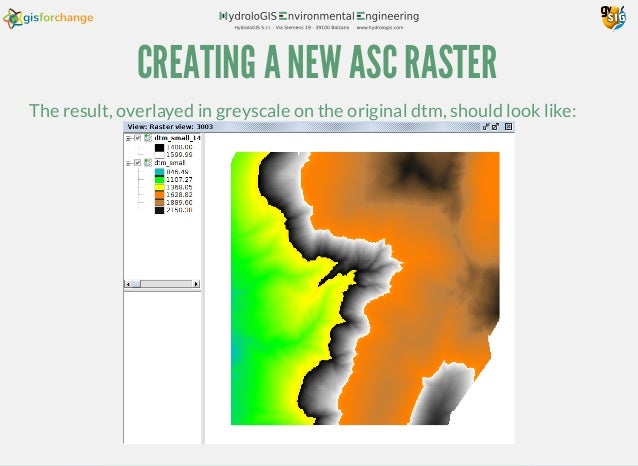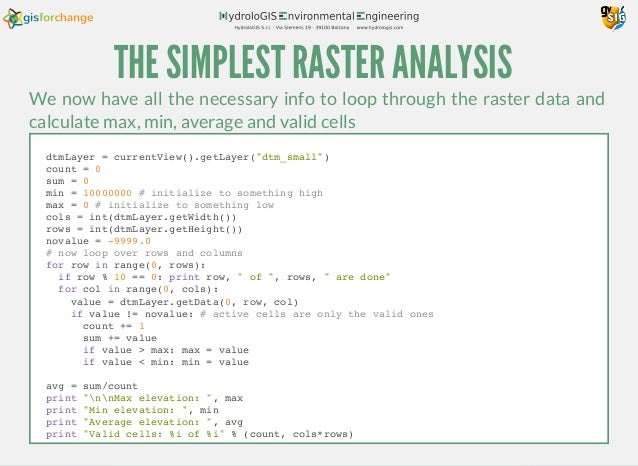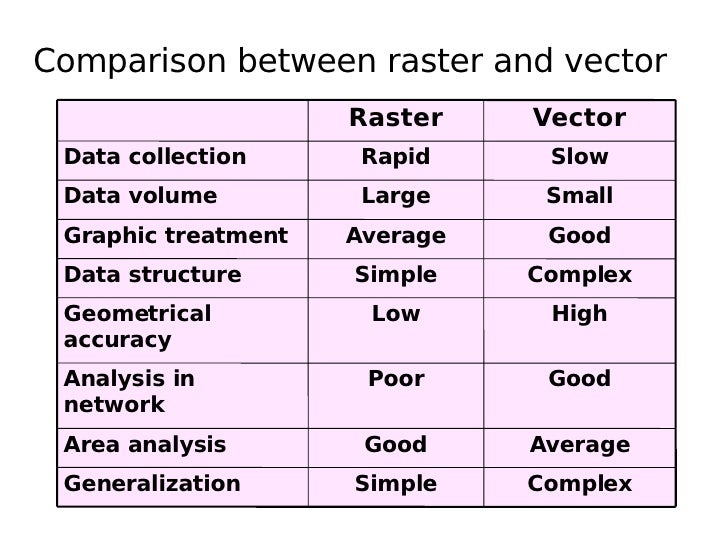

This applies to the primary key and the spatial index if the Specify the tablespace for the table's new index. The default tablespace unless the -X flag is also used. Note that indices (including the primary key) will still use Specify the tablespace for the new table. Note you save time in checking, but could end up with far more junk rows in your database and those junk rows are not marked as empty tiles. Keeps empty tiles and skips NODATA value checks for each raster band. IĬreate a GiST index on the raster column. Specify name of destination raster column, default is 'rast'Īdd a column with the name of the file -n COLUMN Optional parameters used to manipulate database objects NODATA value to use on bands without a NODATA value. Note that your generated sql file will contain both the main table and overview tables. Stored in the database and is not affected by -R. The pattern o_ overview factor_ table, where overview factor is a placeholder for numerical overview factor and table is replaced with the base table name. l OVERVIEW_FACTORĬreate overview of the raster. Only the metadata of the raster and path location to the raster is stored in the database (not the pixels). Register the raster as a filesystem (out-db) raster. Pad right-most and bottom-most tiles to guarantee that all tiles TILE_SIZE is expressed as WIDTHxHEIGHT or set to the value "auto" to allow the loader to compute an appropriate tile size using the first raster and applied to all rasters.

If unspecified,Ĭut raster into tiles to be inserted one per table row. For more than one band index, separate with comma (,). Index (1-based) of band to extract from raster. If not provided or is zero, raster's metadata will be checked to determine an appropriate SRID. Option would just be chosen automatically.Assign output raster with specified SRID. Rectify, fake the position, or cancel the load, the "fake position" Automatically FakeĬauses the location of any un-positioned raster files to automaticallyīe faked to allow display. If unchecked terrain layers will use the nearest neighbor (i.e. The default bilinear resampling enabled automatically when loaded This option specifies that gridded elevation layers will have This option specified that layers that come in with automatic contrastĪdjustment enabled by default (primarily imagery with more than 8īits per color channel) will default to using the linear min/ max stretchĬontrast adjustment mode rather than the standard deviation adjustment.Īutomatically Interpolate Terrain Layers on Load DefaultĬontrast Adjustment to Linear Min/Max Stretch With more than 8 bits per color channel on import. This option applies automatic contrast adjustment of imagery no resampling)Īutomatically Adjust Contrast for Images on Load

If not checked then the default nearest neighbor (i.e. Resampling enabled automatically when loaded to smooth appearance. Specifies that raster imagery/ scanned map layers will have bilinear If not checked, any 16-bit BIL files will be assumed to be elevation files. If checked, this option will cause the user to be prompted to choose whether 16-bit BIL files that are encountered are elevation or imagery files. With this option enabled, the EXIF will not be updated if the back up fails. When a picture point's EXIF is updated by a move, this option saves a backup of the original, unmoved, file in a "BACKUP" sub folder in the image file's location.
#Raster data format update
Backup Picture Point Image on Update EXIF This affects the original file outside of Global Mapper. With this option enabled, moving a picture point will update the location information in the image's EXIF to reflect the new location. With this option unchecked users will be prompted to select a position when loading the image, if EXIF position data is present images can automatically be projected at the geotagged location using a pixel size of 2mm. Instead of automatically creating a picture point.
#Raster data format full
Un-check this option to load the full image for top-down JPG images that have EXIF position information JPEG Load images with EXIF position data as Picture PointsĮXIF position information will be loaded as picture points (point features which show the image when clicked on). Default to No CompressionĪ GeoTIFF export the compression will default to 'No Compression' The coordinates embedded in the GeoTIFF file. TFW files, the coordinates from the TFW file will be used rather than This option specifies that for GeoTIFF files which also have accompanying The Raster Formats section in the General Configuration options provides a number of settings for the loading of Raster data including imagery and terrain data.Īccess the Raster Formats Configuration by selecting the Configuration button from the File Toolbar or Tools menu, and navigating to the Raster Formats Configurationsection in the General folder.


 0 kommentar(er)
0 kommentar(er)
